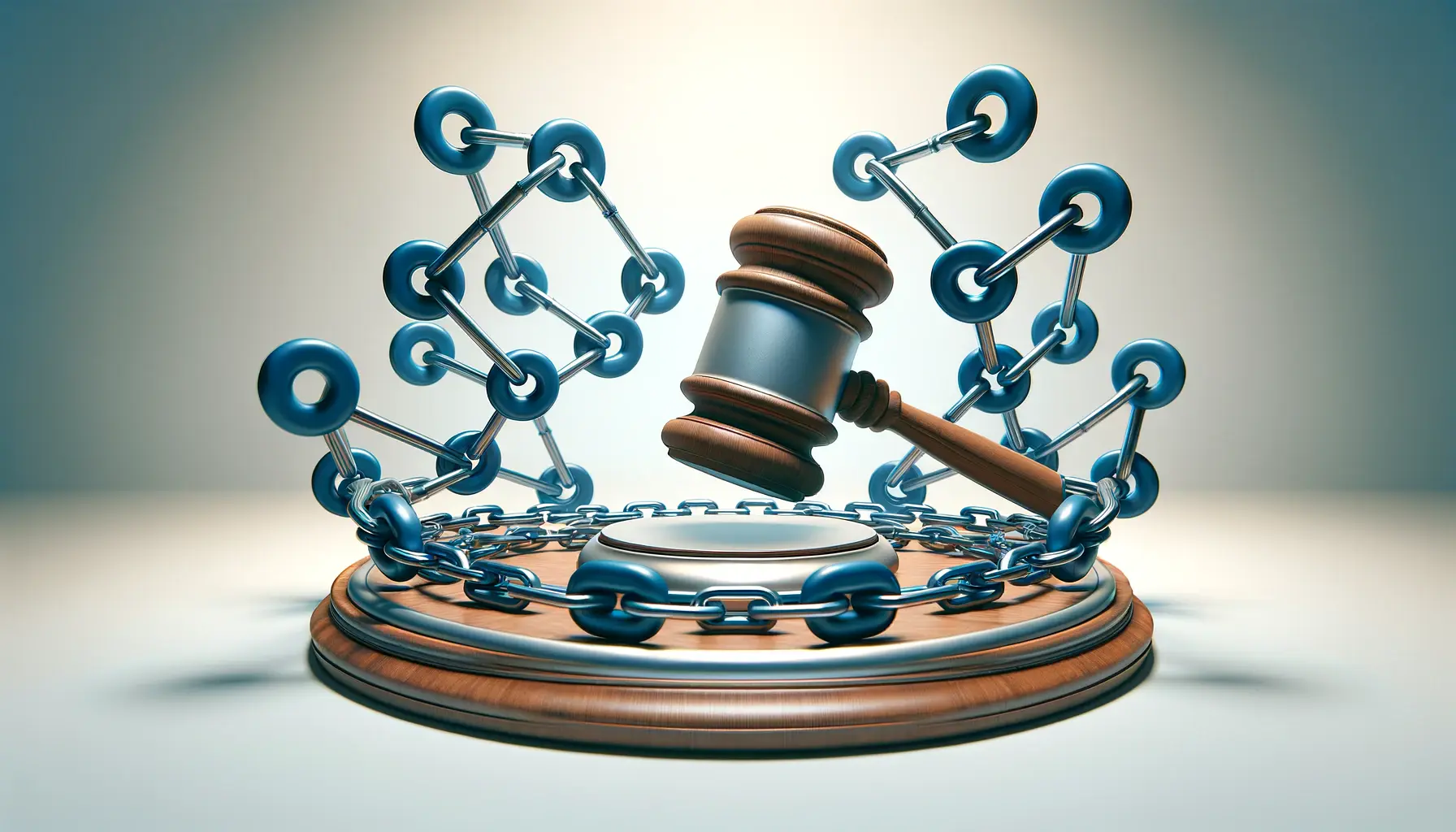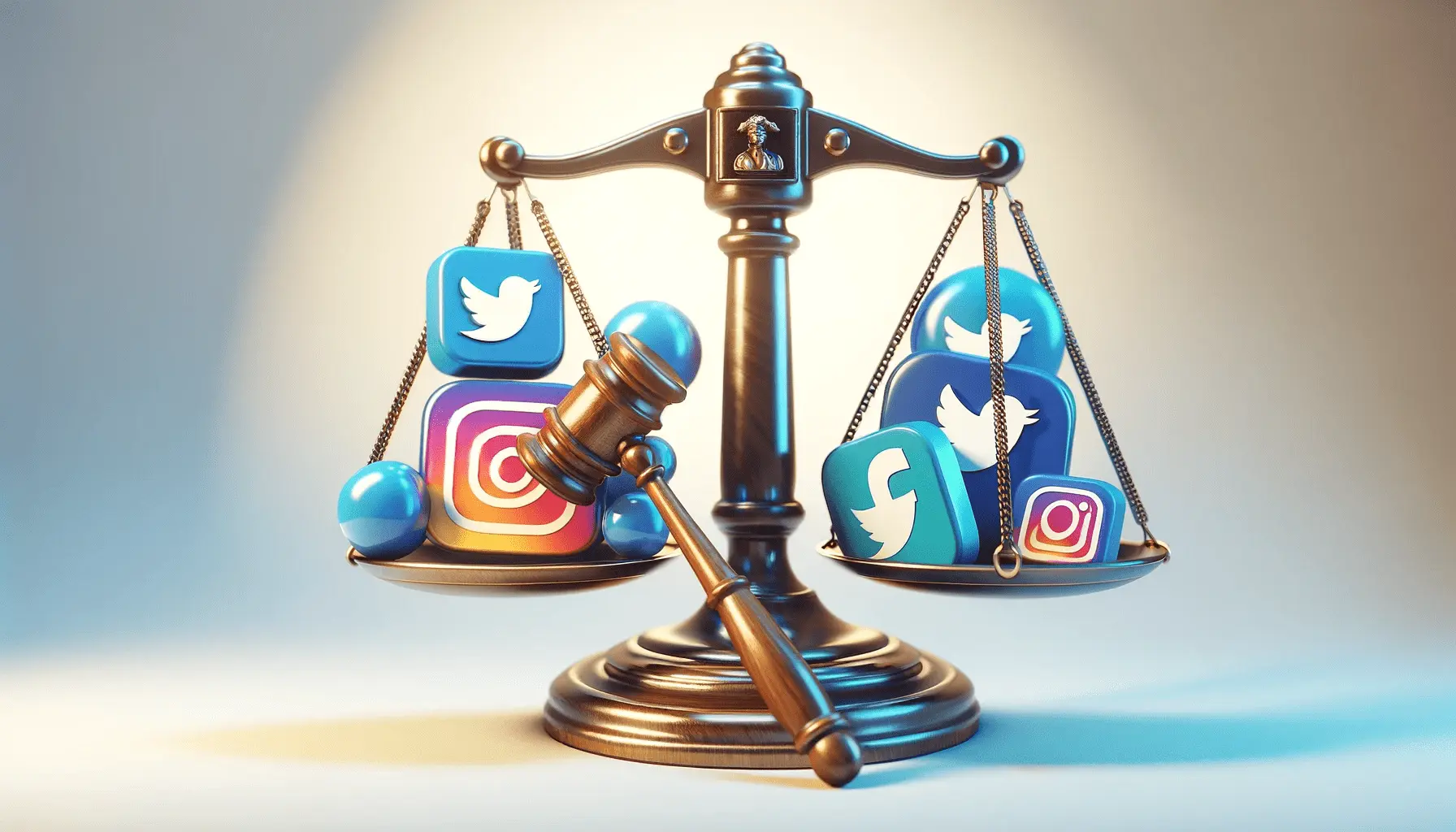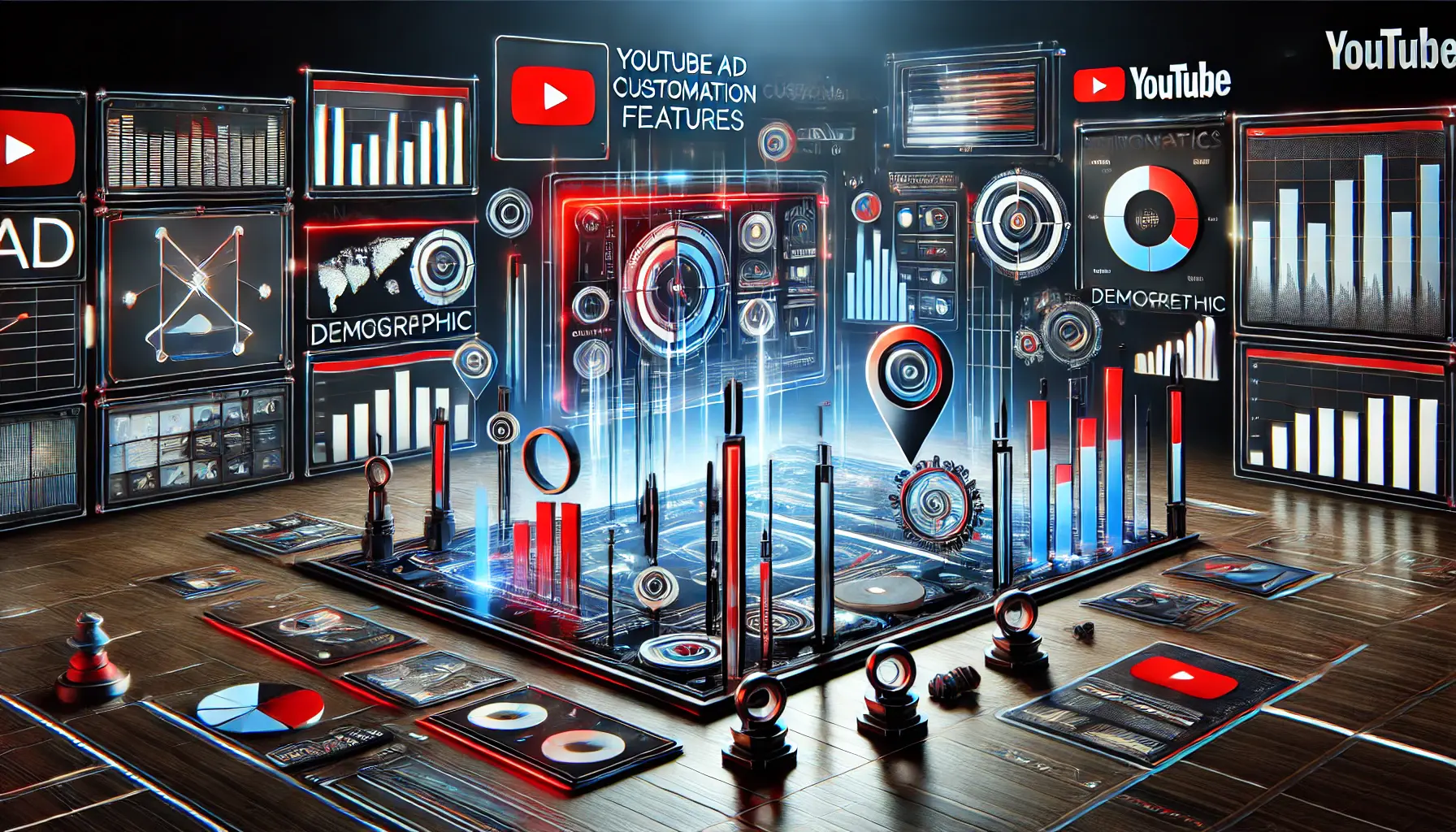The digital landscape for legal services is more competitive than ever, with law firms vying for the attention of potential clients online.
In this crowded space, standing out requires more than just high-quality content; it demands a unique visual appeal that captures and retains the viewer’s interest.
Unique images play a pivotal role in differentiating legal websites, enhancing their SEO, and ultimately, attracting and engaging a wider audience.
This article delves into the significance of unique imagery in the context of legal services SEO and provides actionable insights for law firms looking to elevate their online presence.
At the heart of a successful legal website lies the ability to convey trustworthiness, professionalism, and expertise through every element on the page.
Images are not just decorative additions; they are powerful communication tools that can evoke emotions, communicate complex ideas quickly, and set the tone for the user’s experience.
For legal websites, where the decision to engage can be profoundly influenced by the perceived credibility and authority of the firm, leveraging unique, high-quality images becomes not just a strategy but a necessity.
- Understanding the Impact of Unique Images on SEO
- Creating a Visually Engaging User Experience
- Aligning Images with Legal Content Strategy
- Utilizing Images to Showcase Expertise and Success
- Enhancing Brand Identity Through Visuals
- Optimizing Images for Mobile and Social Media
- Leveraging Analytics to Refine Image Strategy
- Maximizing Impact with Unique Images in Legal Websites
- FAQs on Unique Images for Legal Websites
Understanding the Impact of Unique Images on SEO
Search Engine Optimization (SEO) for legal services websites is a multifaceted endeavor, where content, technical structure, and user experience play critical roles.
Among these, visual content, particularly unique images, holds a special place.
Unique images contribute to SEO in several ways, from reducing bounce rates by making web pages more engaging to increasing the time visitors spend on the site.
Moreover, when these images are properly optimized with relevant file names, alt tags, and surrounding text, they can significantly enhance a website’s visibility in search engine results.
However, the benefits extend beyond just SEO metrics.
Unique images can also reinforce brand identity, making a law firm’s website memorable to its visitors.
This visual differentiation is crucial in a market where many firms offer similar services.
By investing in custom photography or unique graphic designs, a law firm can communicate its unique value proposition, expertise, and professional ethos more effectively than through text alone.
Best Practices for Image Optimization
Optimizing images for SEO involves more than just uploading high-quality photos.
It requires a strategic approach to ensure that these visuals are discovered and valued by search engines.
This includes using descriptive, keyword-rich file names and alt attributes that accurately describe the image content.
Such practices not only improve SEO but also enhance accessibility for users with visual impairments, further broadening the website’s reach.
Additionally, optimizing image size and format is crucial for improving page load times, a key factor in both user experience and SEO rankings.
Tools and techniques for image compression can help maintain visual quality while minimizing file sizes, ensuring that images contribute positively to the website’s performance.
Incorporating unique images into a legal website’s SEO strategy can significantly enhance its visibility, user engagement, and brand perception, making it a critical component of digital marketing efforts for law firms.
Creating a Visually Engaging User Experience
The user experience (UX) on a legal website can be the deciding factor between a potential client contacting the firm or moving on to a competitor.
A visually engaging UX not only draws users in but also helps convey the firm’s message and values more effectively.
Unique images play a crucial role in this context, serving as both attractors and communicators.
When selecting images for a legal website, it’s essential to consider the emotional impact and the message they convey.
Images that resonate with the target audience on an emotional level can significantly enhance engagement and conversion rates.
This emotional connection is particularly important in the legal field, where trust and empathy are key.
Strategies for Enhancing UX with Images
- Consistency in Style: Maintaining a consistent visual style across all images strengthens brand identity and contributes to a cohesive user experience. This consistency should reflect the firm’s branding and professional ethos.
- Relevance: Images should be directly relevant to the content they accompany, enhancing the message rather than distracting from it. Relevant images help users quickly understand the services offered and the benefits of choosing the firm.
- Quality and Originality: High-quality, original images not only improve SEO but also signal professionalism and attention to detail, qualities highly valued in the legal profession.
- Emotional Appeal: Choosing images that evoke the right emotions can make the content more relatable and impactful. For legal websites, images that convey trust, confidence, and success are particularly effective.
Implementing these strategies requires a thoughtful approach to image selection and placement.
It’s not just about filling spaces with visuals; it’s about enhancing the user’s journey through the website, making information more accessible, and building a connection with the audience.
A visually engaging user experience, enriched with unique and relevant images, can significantly differentiate a legal website, making it more memorable and effective in converting visitors into clients.
Aligning Images with Legal Content Strategy
Integrating unique images into a legal website’s content strategy requires careful planning and alignment with the overall marketing goals.
The images should not only complement the textual content but also enhance the site’s thematic messages and SEO efforts.
This alignment is crucial for creating a cohesive and persuasive online presence that effectively communicates the firm’s expertise and values.
To achieve this, law firms must consider how images can be used to support and amplify their key messages.
Whether it’s showcasing the firm’s team, illustrating the areas of practice, or highlighting successful case outcomes, each image should serve a specific purpose within the content strategy.
This strategic use of visuals can significantly impact the user’s perception and engagement with the site.
Key Considerations for Image and Content Integration
- Target Audience: Understanding the needs, concerns, and preferences of the target audience is essential. Images should be chosen with the audience in mind, ensuring they are relevant and appealing to those seeking legal services.
- Message Reinforcement: Images should reinforce the key messages of the website, whether it’s the firm’s commitment to justice, its specialized expertise, or its approachable team. This reinforcement helps solidify the firm’s branding and value proposition.
- SEO Synergy: Aligning images with content strategy also means optimizing them for SEO. This includes using keywords in image file names and alt text, which should naturally complement the content’s focus and keywords.
- Authenticity: Authentic images that reflect the real people, settings, and successes of the firm can greatly enhance credibility and trustworthiness. Stock photos, while convenient, often lack the personal touch that can make a website truly stand out.
By carefully selecting and integrating unique images that align with their content strategy, legal websites can more effectively communicate their messages, connect with their audience, and improve their SEO performance.
This strategic approach to visual content is not just about aesthetics; it’s about creating a more engaging, informative, and persuasive online presence.
The integration of unique images into a legal website’s content strategy should be done with the aim of enhancing the user’s understanding and engagement with the site, while also supporting SEO and branding objectives.
Utilizing Images to Showcase Expertise and Success
In the competitive field of legal services, demonstrating expertise and a track record of success is crucial for attracting clients.
Unique images can be a powerful tool in this endeavor, providing a visual testament to a law firm’s capabilities and achievements.
Through strategic use of imagery, firms can create a compelling narrative that resonates with potential clients, showcasing their expertise, professionalism, and the real-world impact of their work.
Images of the legal team in action, client testimonials, and infographics highlighting case statistics or legal processes can all contribute to a narrative of expertise and success.
These visuals not only make the content more engaging but also serve as proof points that reinforce the firm’s messaging and credibility.
Effective Ways to Visualize Success and Expertise
- Team Portraits: High-quality, professional portraits of the legal team can personalize the firm and showcase the people behind the expertise. These images should convey professionalism and approachability, making the firm’s experts relatable to potential clients.
- Case Studies and Testimonials: Visuals accompanying case studies or client testimonials can significantly enhance their impact. Images that depict the story or outcome of a case add a layer of authenticity and emotional appeal, making the successes more tangible to website visitors.
- Infographics: Complex legal information or impressive firm statistics can be made accessible and engaging through well-designed infographics. These visuals can highlight the firm’s areas of expertise, success rates, or other key metrics in an easily digestible format.
- Behind-the-Scenes: Images that offer a glimpse into the firm’s day-to-day operations or community involvement can build a narrative of a dedicated and engaged team. This behind-the-scenes look can foster trust and strengthen the firm’s brand identity.
By thoughtfully incorporating images that showcase expertise and success, legal websites can effectively communicate their value proposition.
This visual evidence not only supports the textual content but also enhances the overall persuasiveness of the website, encouraging potential clients to take the next step in engaging the firm’s services.
Visuals that demonstrate a law firm’s expertise, professionalism, and successful outcomes can significantly influence a potential client’s decision to engage, making them a key component of an effective legal website.
Enhancing Brand Identity Through Visuals
Brand identity is crucial for law firms in distinguishing themselves in a competitive market.
It encompasses the values, ethos, and personality of the firm, communicated through its visual and textual content.
Unique images play a vital role in this context, offering a powerful means to convey the firm’s brand identity in a way that resonates with potential clients.
By carefully selecting and using images that reflect the firm’s character and values, law firms can create a strong, recognizable brand that stands out online.
Visual elements such as color schemes, style, and imagery should be consistent across the website to reinforce the brand identity.
This consistency helps build recognition and trust with potential clients, making the firm more memorable and increasing the likelihood of engagement.
Strategies for Visual Branding
- Consistent Visual Theme: Choose a visual theme that aligns with the firm’s brand identity, including color schemes, image styles, and overall aesthetics. This theme should be consistent across all web pages and marketing materials to reinforce brand recognition.
- Custom Photography: Investing in custom photography can significantly enhance a firm’s brand identity. Photos of the team, office, and events can provide a unique, personal touch that stock images cannot replicate, making the brand more relatable and authentic.
- Brand Storytelling: Use images to tell the firm’s story, including its history, values, and mission. Visual storytelling can engage potential clients emotionally, making the brand’s message more impactful and memorable.
- Visual Differentiation: Stand out from competitors by using unique visuals that highlight the firm’s unique selling points. Whether it’s a particular area of expertise, a distinctive approach to law, or community involvement, visuals can help emphasize what makes the firm different.
Developing a strong brand identity through visuals is not just about aesthetics; it’s about creating a connection with potential clients.
By effectively using unique images to convey the firm’s brand, law firms can enhance their online presence, attract more clients, and build lasting relationships.
A cohesive and distinctive visual brand identity, supported by unique and carefully chosen images, can significantly enhance a law firm’s online presence and appeal to potential clients.
Optimizing Images for Mobile and Social Media
In today’s digital age, optimizing images for mobile and social media is essential for law firms aiming to reach a broader audience.
With the increasing use of smartphones and social platforms for research and business discovery, a law firm’s online presence must be mobile-friendly and visually appealing across various channels.
This optimization ensures that images load quickly and display correctly on different devices, enhancing user experience and engagement.
Moreover, social media platforms offer a unique opportunity for law firms to showcase their brand, expertise, and success stories through compelling visuals.
Optimized images can significantly increase engagement rates, drive traffic to the website, and ultimately, contribute to the firm’s marketing success.
Best Practices for Mobile and Social Optimization
- Responsive Design: Ensure that images are responsive, meaning they automatically adjust to fit the screen size of the device being used. This is crucial for maintaining a positive user experience on mobile devices.
- Image Compression: Compress images to reduce file size without compromising quality. This step is vital for improving page load times, especially important for mobile users on slower connections.
- Platform-Specific Requirements: Tailor images to meet the specific requirements of each social media platform, including aspect ratios and resolution. This customization ensures that images appear as intended, maximizing their impact.
- Visual Content Strategy for Social Media: Develop a visual content strategy that aligns with the firm’s overall marketing goals. Use images to highlight key messages, showcase success stories, and engage with the target audience in a way that encourages sharing and interaction.
By optimizing images for mobile and social media, law firms can enhance their online visibility and engagement, reaching potential clients where they spend a significant amount of their time.
This approach not only improves the user experience but also supports the firm’s broader digital marketing strategies, contributing to its growth and success in the digital landscape.
Optimizing images for mobile and social media is a critical component of a law firm’s digital marketing strategy, enhancing visibility, engagement, and user experience across platforms.
Leveraging Analytics to Refine Image Strategy
Analytics play a crucial role in understanding how users interact with a law firm’s website and the impact of its visual content.
By analyzing data on user behavior, law firms can gain insights into which images capture attention, engage visitors, and contribute to conversion goals.
This information is invaluable for refining a website’s image strategy, ensuring that visual content is effectively supporting the firm’s objectives.
Key metrics such as page views, bounce rates, and conversion rates can indicate how well images are resonating with the audience.
Additionally, heatmaps and user flow data can reveal how images influence navigation and engagement patterns.
Armed with this data, law firms can make informed decisions about which types of images to use, where to place them, and how to optimize them for better performance.
Implementing Data-Driven Image Optimization
- Identify High-Performing Images: Use analytics to identify images that are most effective in engaging users and contributing to conversions. These insights can guide the selection and creation of future visuals.
- Experiment with A/B Testing: Conduct A/B tests with different images to see which ones perform better in terms of user engagement and conversion rates. This approach allows for data-driven optimization of visual content.
- Analyze User Interaction: Utilize tools like heatmaps to understand how users interact with images. This can inform adjustments in image placement or size to improve visibility and engagement.
- Monitor Mobile Performance: Given the importance of mobile optimization, track how images perform on mobile devices specifically. This can highlight the need for further optimization to ensure a positive mobile user experience.
Leveraging analytics to refine a law firm’s image strategy is an ongoing process that requires regular review and adjustment.
By staying attuned to how users respond to visual content, law firms can continuously improve their website’s effectiveness, making it a more engaging and persuasive tool for attracting clients.
A data-driven approach to image strategy allows law firms to maximize the impact of their visual content, enhancing user engagement and supporting their marketing and conversion goals.
Maximizing Impact with Unique Images in Legal Websites
In the realm of legal services, where the competition is fierce and the audience’s expectations are high, the strategic use of unique images can significantly elevate a law firm’s online presence.
This article has explored various facets of leveraging unique imagery, from enhancing SEO and user experience to showcasing expertise and success, all aimed at creating a compelling digital footprint for legal professionals.
The integration of unique, high-quality images is not merely an aesthetic consideration but a strategic tool that can influence a website’s effectiveness in attracting and engaging potential clients.
The Strategic Edge of Visual Content
Unique images offer law firms a strategic edge, enabling them to stand out in a crowded market.
By carefully selecting and optimizing images that align with their brand identity and content strategy, firms can create a visually engaging platform that speaks directly to their target audience.
The benefits of incorporating unique images extend beyond beautification, touching on crucial aspects such as:
- Improving SEO performance and visibility in search results.
- Enhancing the user experience and engagement on the website.
- Conveying the firm’s expertise, professionalism, and success stories.
- Strengthening brand identity and recognition in the digital space.
- Optimizing content for mobile and social media platforms.
Moreover, the use of analytics to refine image strategy ensures that law firms can adapt and evolve their visual content to meet the changing needs and behaviors of their audience, maximizing the impact of their online presence.
Conclusion: A Picture of Success
The incorporation of unique images into a legal website is a nuanced strategy that requires thoughtful planning and execution.
However, the effort is well justified by the substantial benefits it brings.
Unique images not only enhance the aesthetic appeal of a website but also serve as a powerful communication tool that can significantly influence a visitor’s perception and actions.
For law firms looking to differentiate themselves and capture the attention of potential clients, investing in unique, high-quality images is a step towards creating a more engaging, credible, and successful online presence.
In conclusion, as the digital landscape continues to evolve, the strategic use of unique images remains a key element for law firms aiming to enhance their SEO, user experience, and brand identity.
By embracing a comprehensive approach to visual content, law firms can not only meet but exceed the expectations of their digital-savvy audience, securing a competitive advantage in the legal services market.
Want your website to top Google search rankings? Leave the SEO to our professional agency!
FAQs on Unique Images for Legal Websites
Explore common questions about enhancing your legal website with unique images.
Unique images enhance a legal website’s appeal, improve SEO, and effectively convey the firm’s professionalism and trustworthiness to potential clients.
They reduce bounce rates, increase engagement, and, when optimized, contribute significantly to the site’s visibility in search engine results.
Professional portraits, custom infographics, and authentic images that reflect the firm’s brand and areas of expertise are recommended.
By using descriptive file names, alt tags, and compressing images for faster loading times without sacrificing quality.
While convenient, stock photos lack authenticity. Custom photography is preferred for creating a more personalized and engaging website.
Images significantly enhance user experience by making the site more visually appealing and easier to navigate, leading to higher engagement.
Regular updates are crucial to keep the website fresh, relevant, and engaging, reflecting the firm’s current team and successes.
Yes, it’s important to ensure images are either owned, licensed, or free of copyright restrictions to avoid legal issues.











